Dehydrating Strawberries
This page may contain affiliate links. More Information.
Dehydrating Strawberries results in a delicious snack! We love dehydrated strawberries.
Learn how to dry strawberries with just a few simple steps. You can turn fresh strawberries into sweet bites that are perfect for snacking, baking, or adding to your favorite recipes.
Dehydrating strawberries is as easy as, wash, core, and slice berries into even slices. Lay your prepared strawberries on dehydrator trays, put into the dehydrator, and dry until all moisture is removed. Berries will be leathery when finished. Condition your strawberries and store for later use!
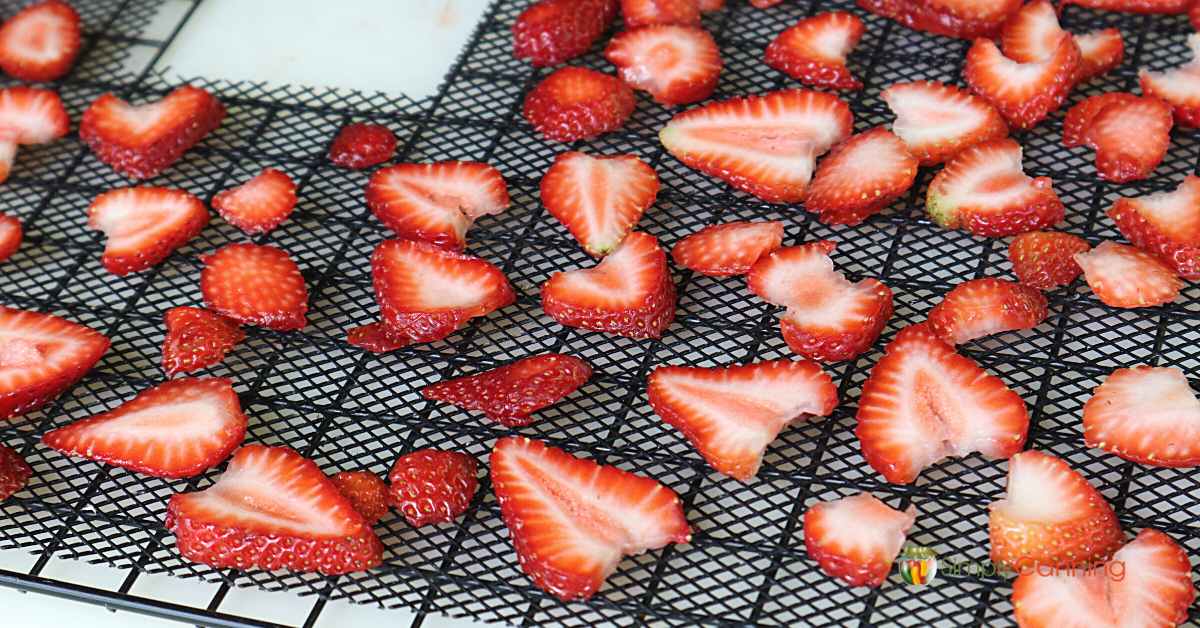
Dehydrating Fresh Strawberries
Choose ripe but not overripe strawberries. Look for strawberries that are perfect for eating fresh. But exercise restraint and resist eating them all. Preserve some for later.
Remember dehydrating doesn’t fix poor fruit. Don’t use overripe, green or damaged strawberries.
Prepare the Berries
Step one is to wash your berries and remove the stems.
Give them a good rinse with cold water. I like to do this before I remove the stems. Next you’ll remove the stem and any unripe or damaged portions of the berry.
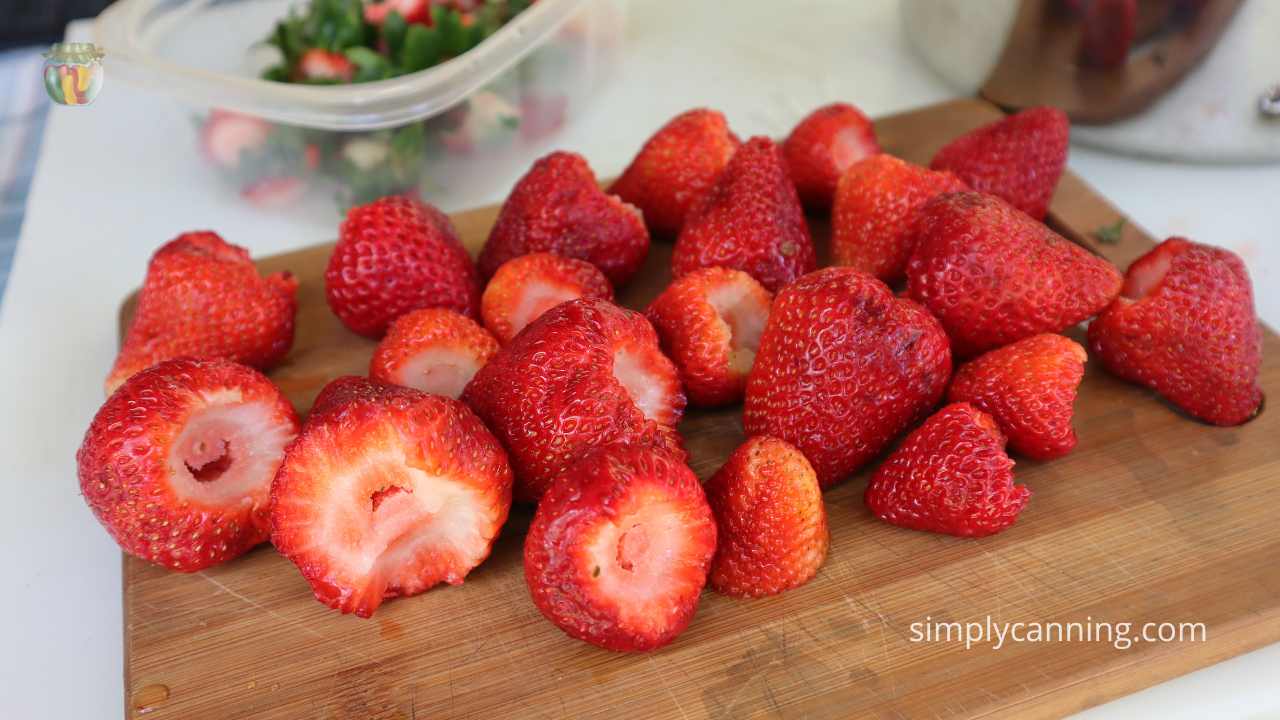
If you’ve got a strawberry that is wonderfully ripe but has green around the stem end, just cut the green portion off. It happens sometimes. Not every berry ripens perfectly even.
If you’ve got a strawberry that is good but has a bruised portion you can cut off that damaged portion. But be cautious with this. If it is just bruised, the rest of the berry is probably fine. But if there is mold, just toss that bad berry away. There is a difference in old and moldy, and a bit damaged.
Tools for removing the stems.
- My husband will just grab a small spoon and dig out the stems. I find this messy… but it does work.
- You can just use a small paring knife to cut off the stems and damaged or green portions.
- I recommend this strawberry or tomato corer. It works really well to leave the strawberry and remove the greens.
Next cut your berries into the size you desire.
- Cut into thin 1/4 – 1/2 inch slices.
- Small strawberries can be sliced in half lengthwise.
I recommend slices. They dry quickly and the size and texture of the final product is perfect for just popping into your mouth.
You can cut the berry horizontally, or vertically. If vertically you’ll get that typical strawberry ‘heart’ shape. If horizontally you’ll get small rounds.
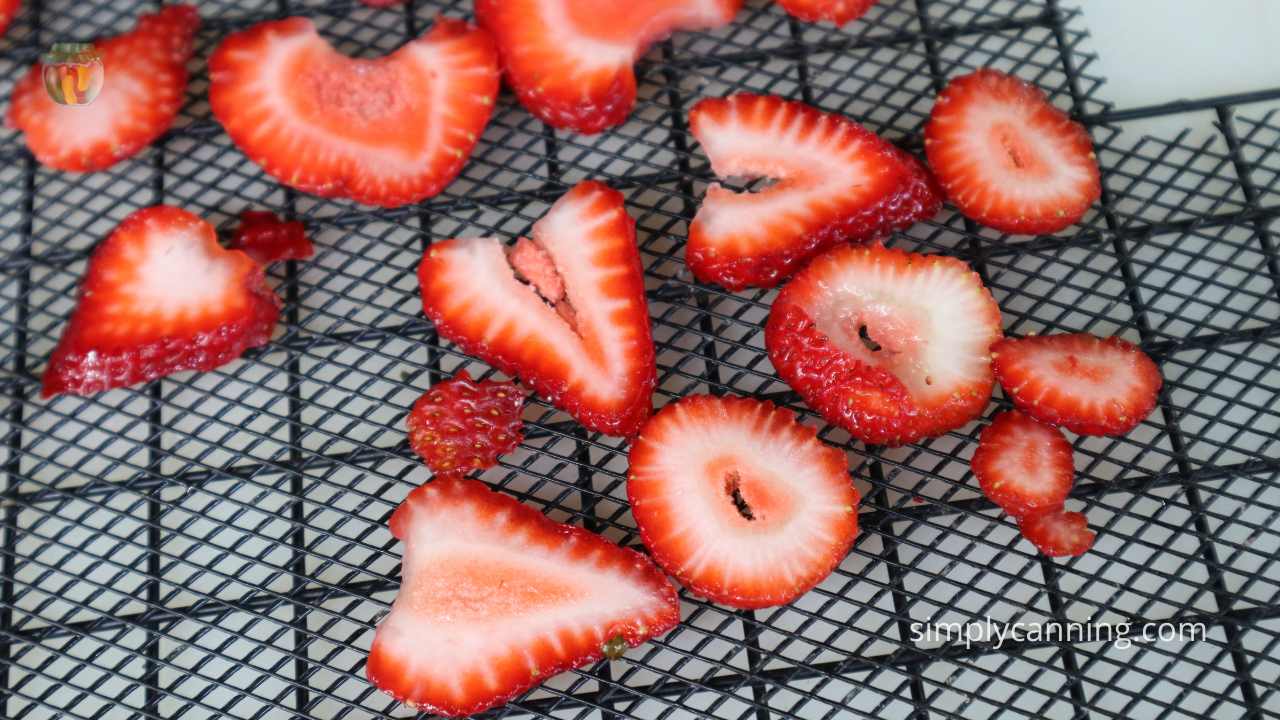
Both taste delicious! The important part of this is getting even slices. You don’t want some bigger chunky pieces and others small slivers. They will not dry evenly.
Tools to slice your strawberries quickly.
- You can simply use a sharp knife to slice up your strawberries. Try to cut evenly so the pieces are the same thickness. This can be tedious.
- You can use an egg slicer – very quick! It makes beautiful even slices. The only con is that sometimes large strawberries don’t fit. And it does tend to bend the wires so you have to be cautious.
- You can also use a tomato slicer. This is also very quick and makes even slices.
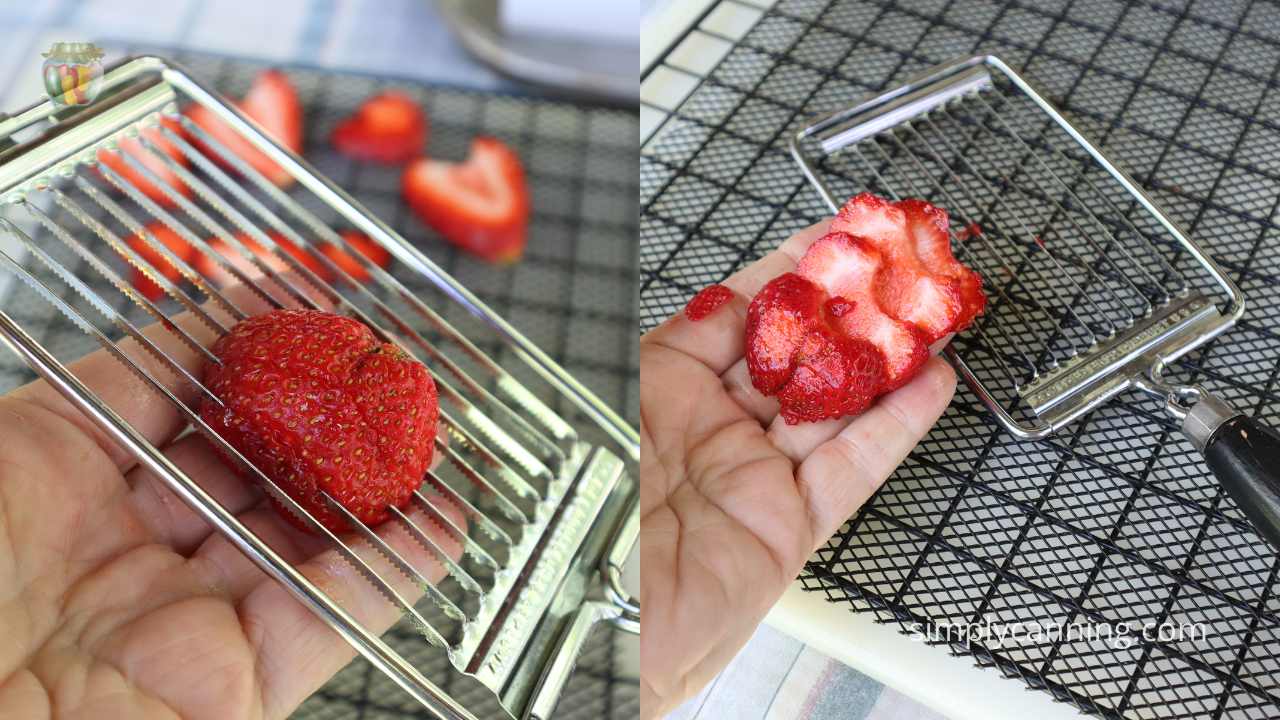
Methods for Dehydrating Strawberries
How to Dehydrate Strawberries in a Dehydrator
Using a dehydrator is the best way to dehydrate strawberries.
Lay the sliced berries on dehydrator trays in a single layer. Halved strawberries should be cut side up. Try not to have any berries touch.They will need space to properly dry. If you crowd them any overlapping or touching portions will not dry as fast.
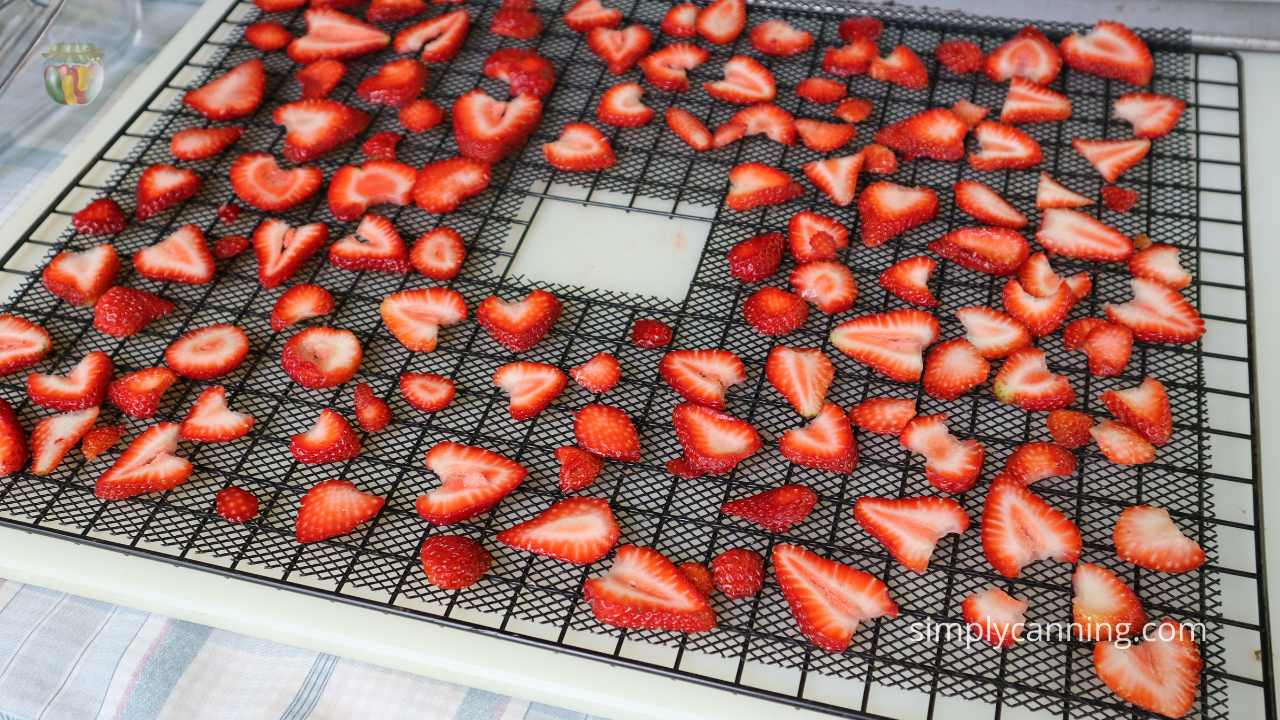
Use a mesh tray to prevent berries from falling through if needed. This will depend on your dryer rack design.
Set the dehydrator from 130 up to 140 degrees F. Remember hotter is not necessarily better. If you go to the higher temperature of 140 degrees they may dry a bit faster, but a lower temperature will result in more even drying.
I recommend you start low, and you can always increase if needed or desired.
Rotate your trays if needed. You’ll have to experiment with your dehydrator as well. Some will have great air circulation others will have hot spots where the fruit will actually burn. Turning the berries can help with sticking to the trays as well.
This is where having a ‘good’ dehydrator comes in. If your’s is on the low end… just work with it. It’ll still be ok, you just have to rotate and pay attention.
Allow the berries to dry about 2 hours, then turn them all over. Dry another couple hours and turn again. Then just check every now and again. Turning them before they are completely dried helps them not stick to the tray as much.
Estimated time to dehydrate (very estimated!)
- 7-15 hours for slices.
- 12-24 hours for halved berries.
Drying time will depend largely on the size of your pieces, the temperature and air circulation of your dehydrator.
Dehydrating Strawberries in an Oven
Dehydrating in an oven works too. Although I’m not convinced it is very economical it can be done. If it is your only option then go for it!
Prepare the strawberries just like you would for the dehydrator. If you have a rack you can use in your oven that works. If not you can use a baking sheet lined with some parchment paper. (Don’t use wax paper, or freezer paper. That waxy finish melts!)
Set your oven to the lowest temperature. 170 to no more than 200 degrees. Put your tray in and leave the door slightly ajar.
Turn the berries every now and again just like with the dehydrator example I gave above.
When the strawberries are completely dry you can remove from the oven. Allow to cool and check again for dryness. When they are ready you will want to condition the strawberries and package for storage. See how to condition strawberries below.
How to Know When the Strawberries are Dried
Don’t rely on time to tell you when they are done. Check the fruit. Check trays for even drying. Occasionally one side will dry faster or slower.
What you’ll do is pull a larger piece of strawberry from each tray and bend it.
Strawberries will be pliable and leathery when done. No signs of moisture should show. Does it still show moisture? Put it back in for more time.
When you think they are finished wait a bit and check again when the berries are cooled to room temperature. If you still think they are done, great! You are ready for the next step. Conditioning – (really making sure they are dry)
How to Condition Your Dried Strawberries
Conditioning is a term for a process to double check the dryness of your berries before you package them for storage. Almost all food should be conditioned before storage.
It is important because if there is even a small amount of moisture your food will spoil and mold.
Allow your dried strawberries to cool to room temperature. Place in an airtight container like a mason jar and seal the lid. (Do not vacuum seal) You’ll leave that jar on the counter for 5 days and watch to see if any moisture shows up in the jar.
I like to put the jar upside down but you don’t have to. I do it simply because it seems easier to detect moisture beads on the glass bottom of the jar instead of the covered lid.
Once a day turn the jar and inspect the contents for any signs of moisture. Do not open.
Watch for any condensation on the jar, the lid or strawberries themselves. You should also watch for berries tending to stick together even when you turn the jar over. This can indicate moisture. Shake the jar a bit and if the berries fall apart it is probably fine, but if they clump up they are not dried yet.
Watch for mold. If any mold occurs you should discard the fruit. Don’t just pull the moldy part out. By the time the mold is visible it is likely over more of the food.
What to do if conditioning fails.
If any sign of moisture appears in the jars, simply put the strawberries back in the dehydrator. Set the time for a couple more hours and check it again.
After the second dry time, condition again. Most likely the food will be dry by this time.
When no moisture is apparent you can package for storage.
The only exception to this is if you see mold. Unfortunately if it molds it is not salvageable. If this happens don’t give up! Look at it as a lesson learned and try again. You’ll get the hang of it.
Packaging for Storage.
If you will be eating these in the next few weeks a freezer bag works just fine for storage. If you want these to last longer then you’ll need to get better containers. Storing air tight will make your strawberries last up to a year.
Package your dried strawberries in sealed air tight containers. Canning or mason jars, or recycled commercial jars are pretty convenient. If you reuse commercial jars, be careful of odors from the original contents. We don’t want pickle smelling strawberries.
Make sure they have an air tight lid. Canning lids and screw bands work for this. If you’ve got the original lid for the jar and it has a rubber seal that would work.
If you’ve got a vacuum sealer this would be a good place to use those bags. Mylar bags work great. Vacuum sealing will extend storage time. A hand vacuum sealer works great for canning jars. This is how I use my electric hand vacuum sealer.
Any good quality air tight plastic or glass container is what you need. In other words don’t grab the plastic containers from the deli. They will not be air tight. It needs to be something that is air tight.
How Do You Rehydrate Strawberries
My recommendation is…. Don’t try to rehydrate! The strawberries will be mushy. You are better off using them in other ways.
But if you really want to rehydrate you can just put them in a bowl and add water. If you’ve got 1 cup strawberries, add about 1/2 cup water. Allow to soak for 15-20 minutes. Gently turn the berries every now and again to keep them all wet.
You can use rehydrated strawberries in things like smoothies, or baked goods. They will be soft!
What to do with Dried Strawberries.
Eat them! Seriously. IMHO the best thing to do with dried strawberries is to just eat them as they are, as a snack. Strawberry chips have flavor that is so concentrated and delicious.
My second favorite is to crush them a bit and add them to homemade granola or trail mix. Or add them to hot oatmeal. Add strawberries, some sugar free coconut shavings, and a few slivered almonds or pecans. Mmmm such a good breakfast or snack.
You can add them to strawberry recipes like strawberry muffins. Mix them in with yogurt. Add them to a smoothie.
How to Make Powdered Strawberries
One thing to keep in mind is that to make powdered strawberries the berry needs to be very very dry. Thin slices will work better than halves. Even small halves will not dry as well as slices will.
Simply put your fully dehydrated strawberries in a blender and blend! You’ll have a beautiful pink powder that will add amazing flavor to wherever you use it. The flavor is concentrated and blends easily into other recipes. Smoothies, cake mixes, yogurt, ice cream and more.
How to Freeze Dry Strawberries
Freeze drying and dehydrating are both similar in that they both remove moisture from your berries so you can store them on the shelf. But the final results are very different.
Dehydrating results in a more leathery texture. Freeze drying strawberries results in a crunchier texture. I liken them to the little ‘marshmallows’ in the cereal Lucky Charms. The texture is similar. But these are real fruit and way healthier!
Prepare your berries just like you would for dehydrating. Follow all the prep steps above. But instead of loading them in a dehydrator, you’ll load them in a freeze dryer.
You can overlap your strawberries in the freeze dryer trays so you can do more at a time. The freeze dry machine works a little differently so that overlap doesn’t hurt. When you’ve got your trays filled, put them in the freeze dryer and follow the instructions that come with your model.
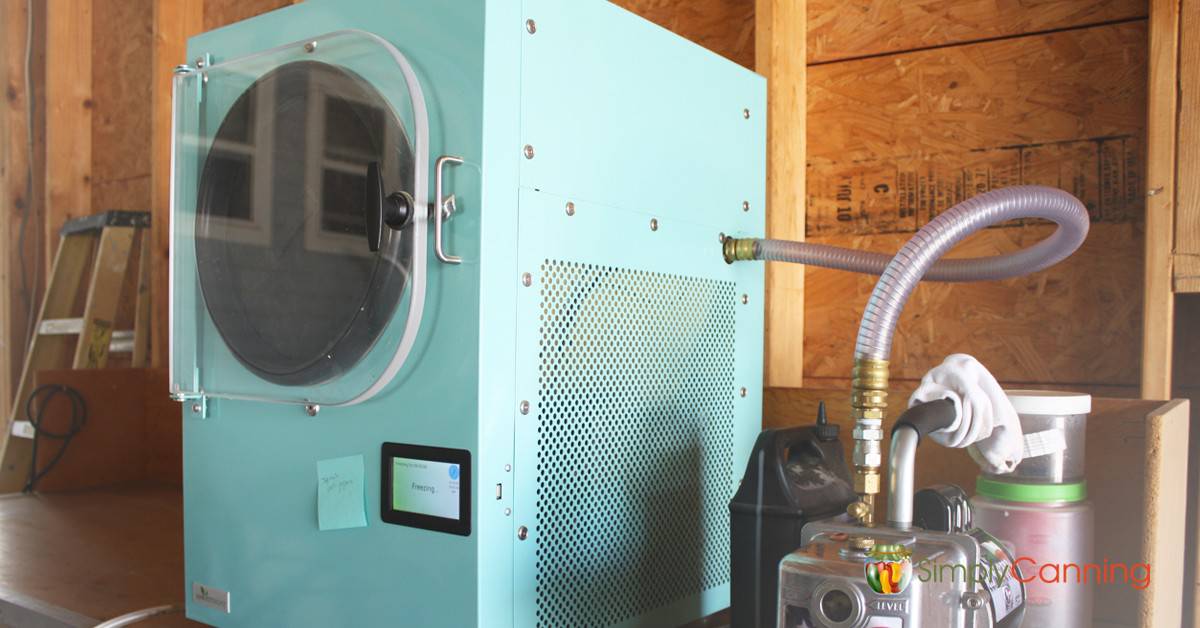
I’ve got an old model Harvest Right freeze dryer. It automatically senses when the fruit is done. Pretty hands off! Newer models have other settings to make things foolproof.
Frequently Asked Questions
If stored in a freezer bag the strawberries will last a few weeks. If you want them to last up to a year you can store them in an air tight container like canning jars or mylar bags. Vacuum sealing will keep them even longer.
Dry time will vary according to your dehydrator, what temperature you have it set on and the thickness of your strawberry cuts. Anywhere from 7-15 hours for strawberry slices.
No. No pretreatment is needed for strawberries. That is why they are one of the easiest drying projects.
Other things to do with Strawberries
Old Fashioned Strawberry Jam (full sugar version)
Recipe Card
Other Posts You Might Like
Pin This for Later!


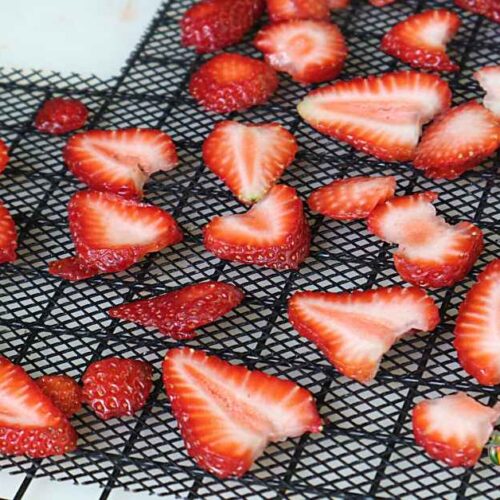



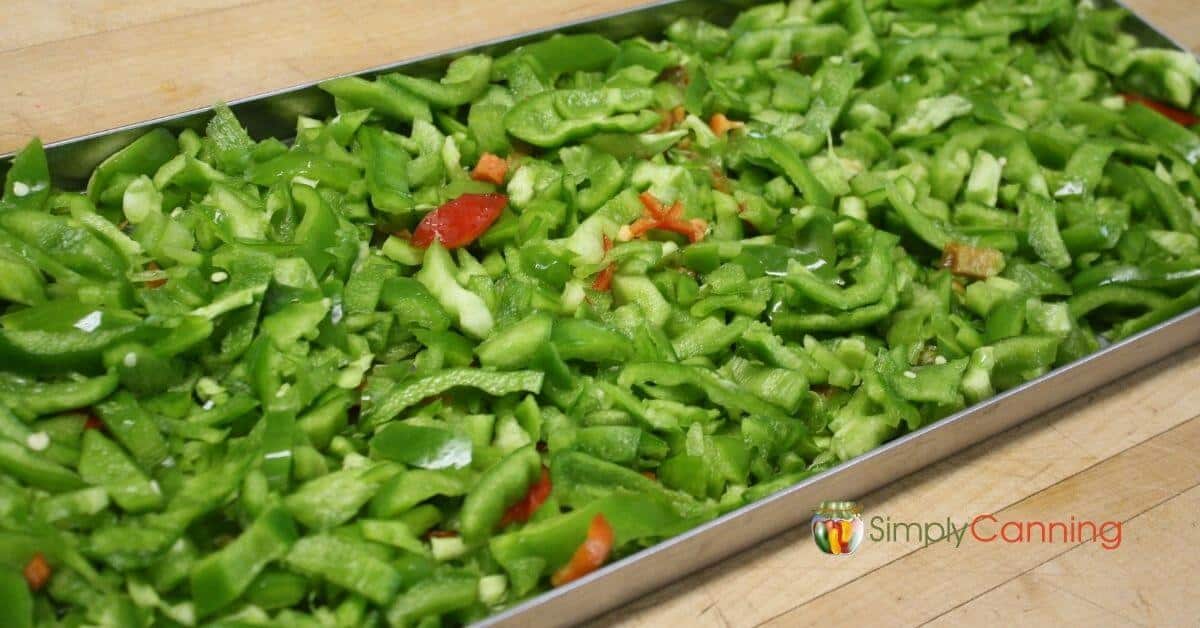
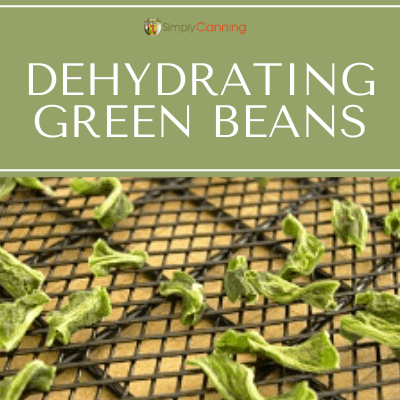
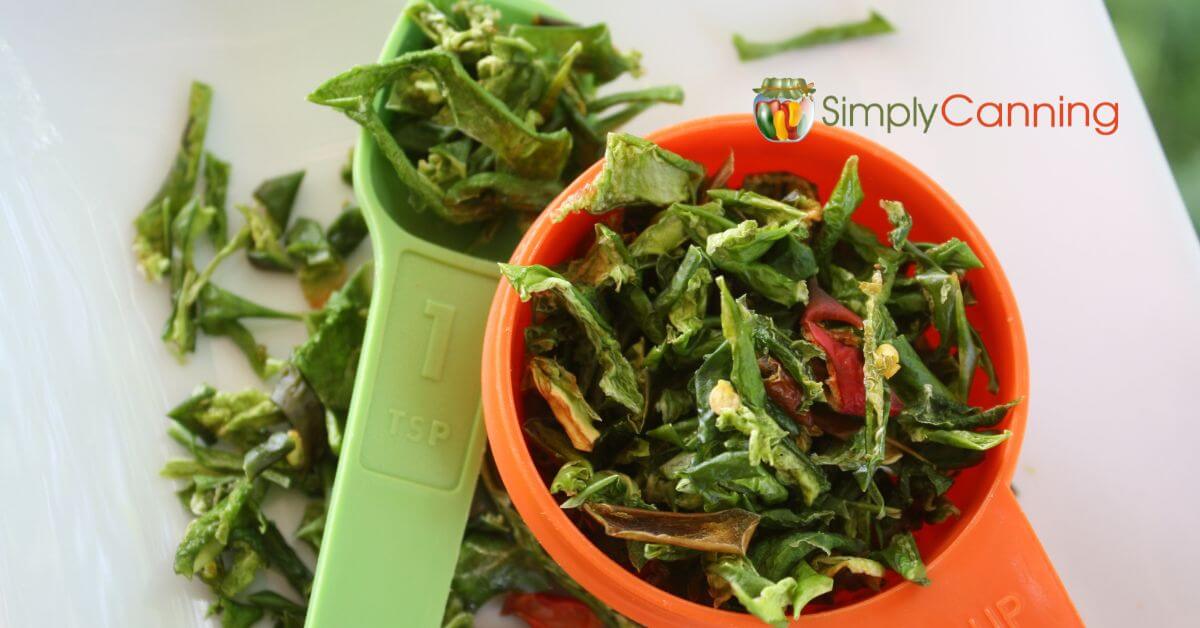
Sharon I’ve followed you for years. Thanks for all the great information. I have a question. Now we are retired I don’t can nearly as much so I’m looking for a recommendation for a smaller pressure canner. I almost hate to lug out my 21+ quart All American canner.
I would look at a presto brand that holds 7 quarts They are lighter, and will be shorter than what you’d have. All American also has a smaller canner. I just wrote this article about small batch canning that you might be interested in.